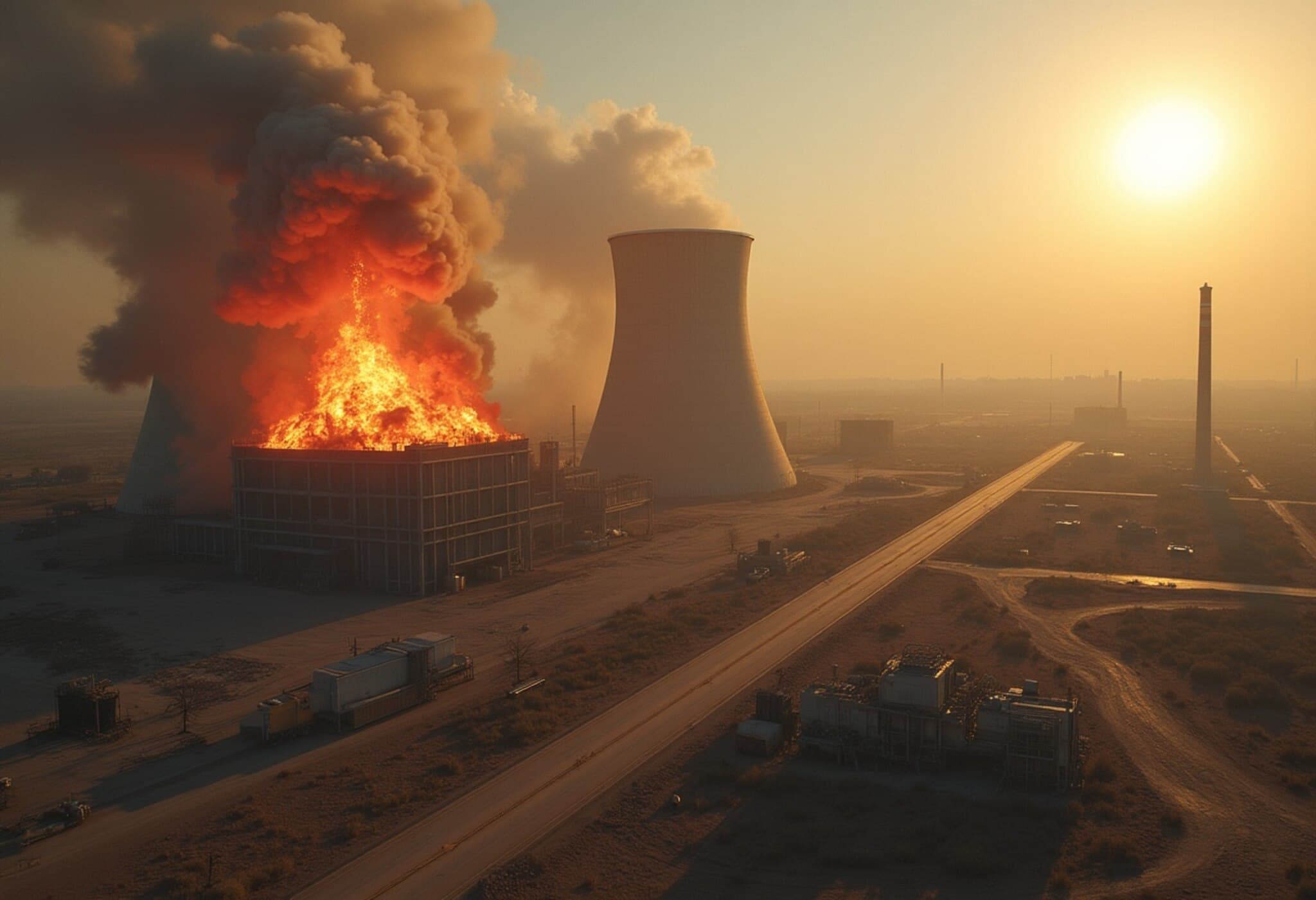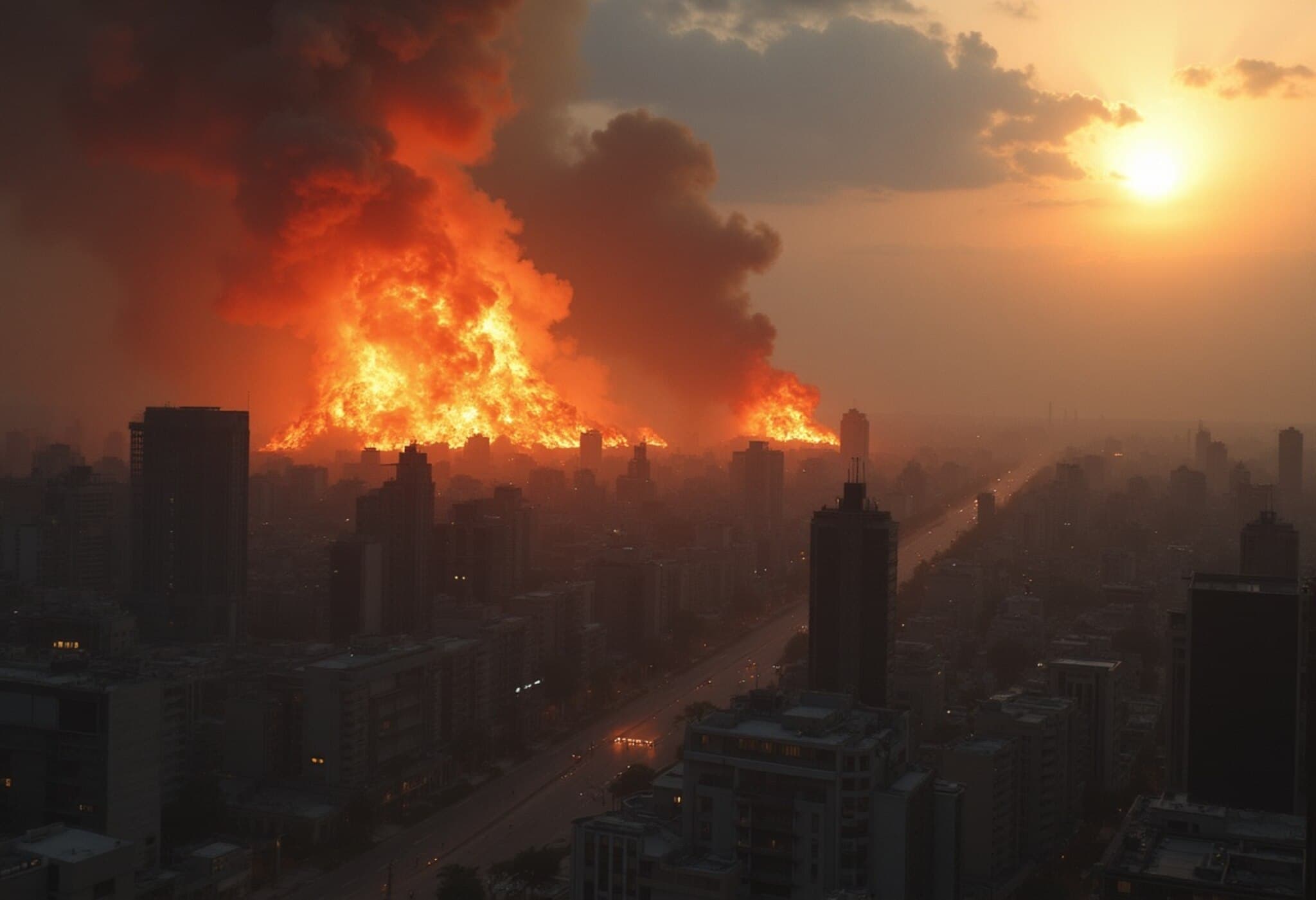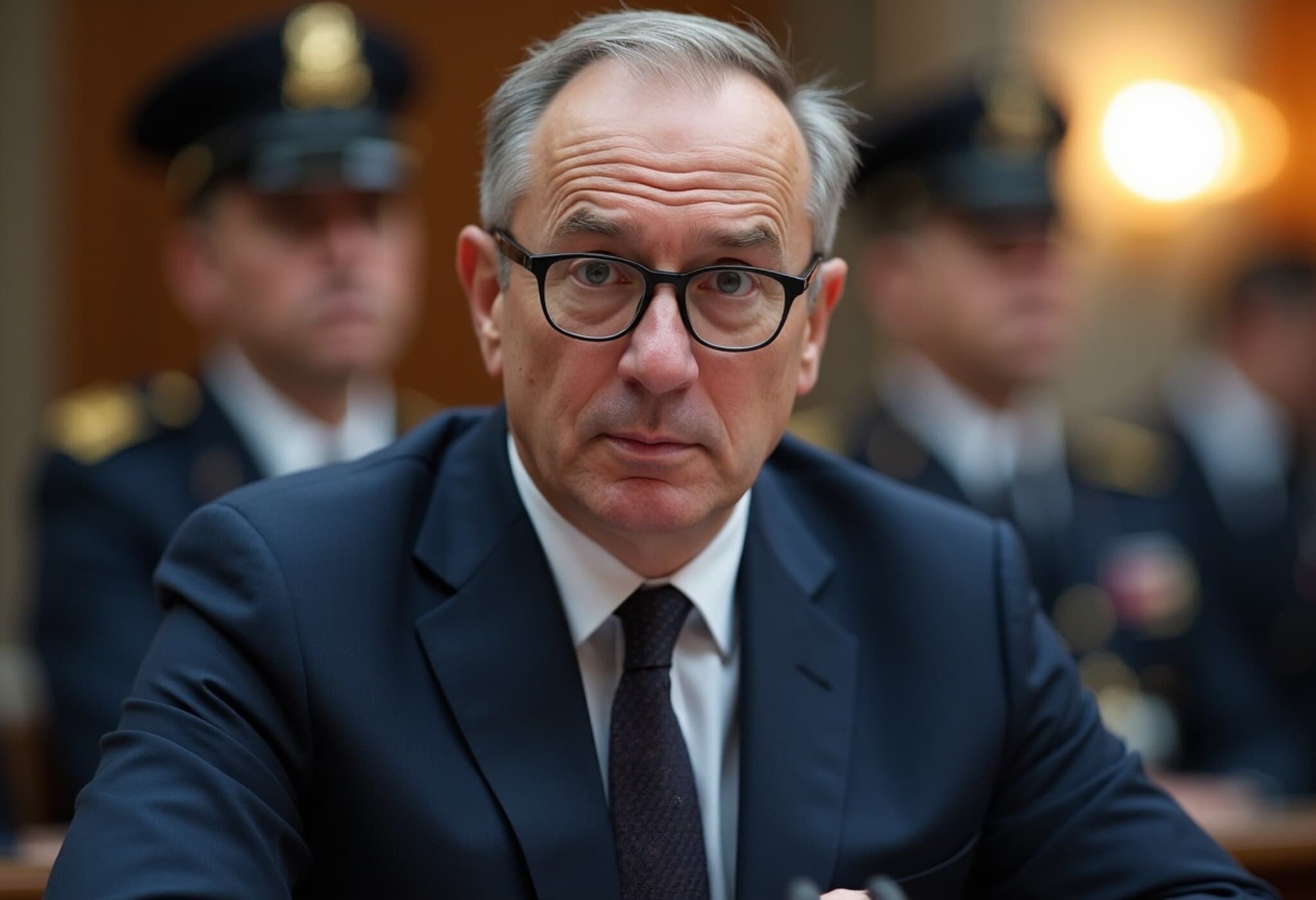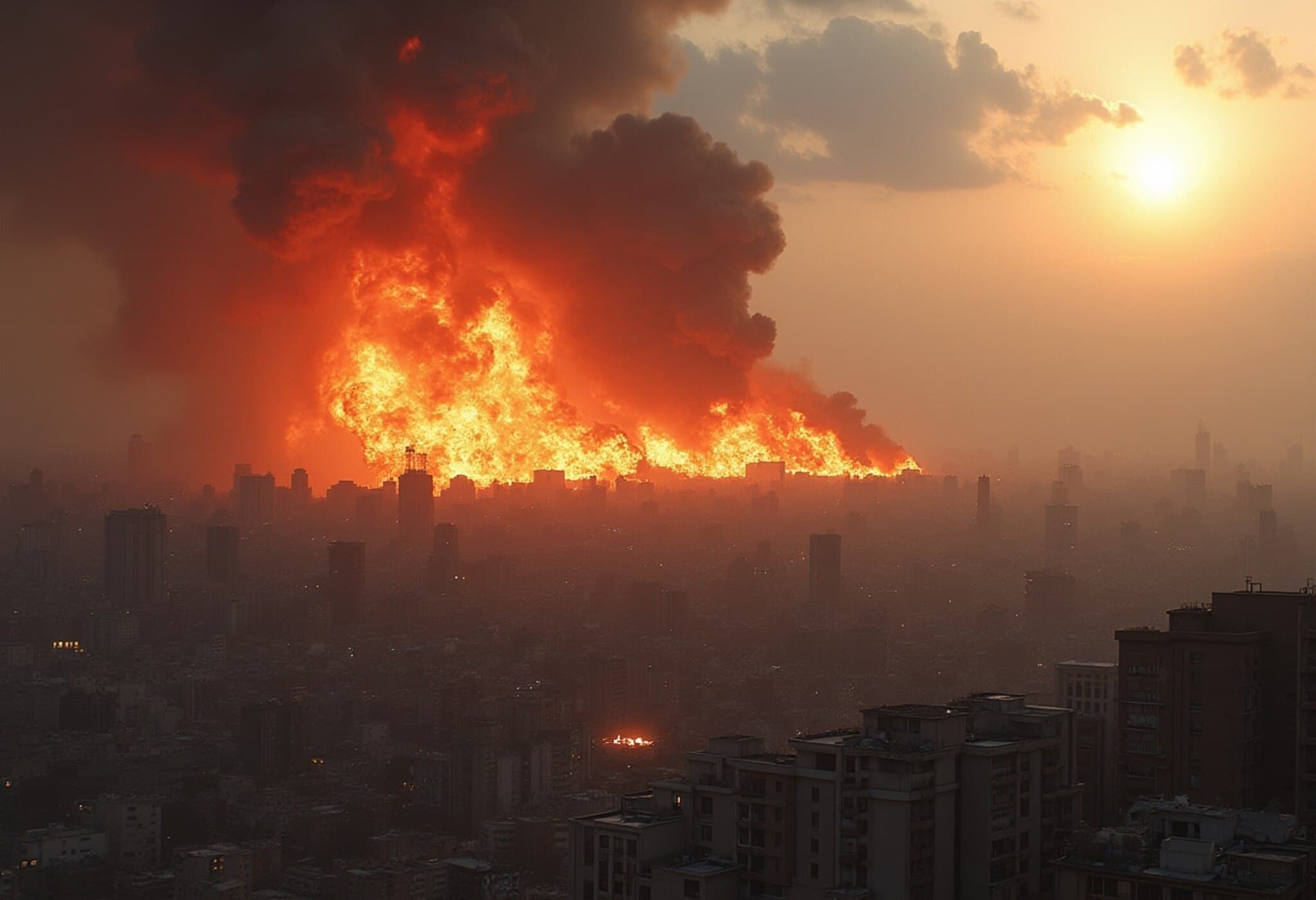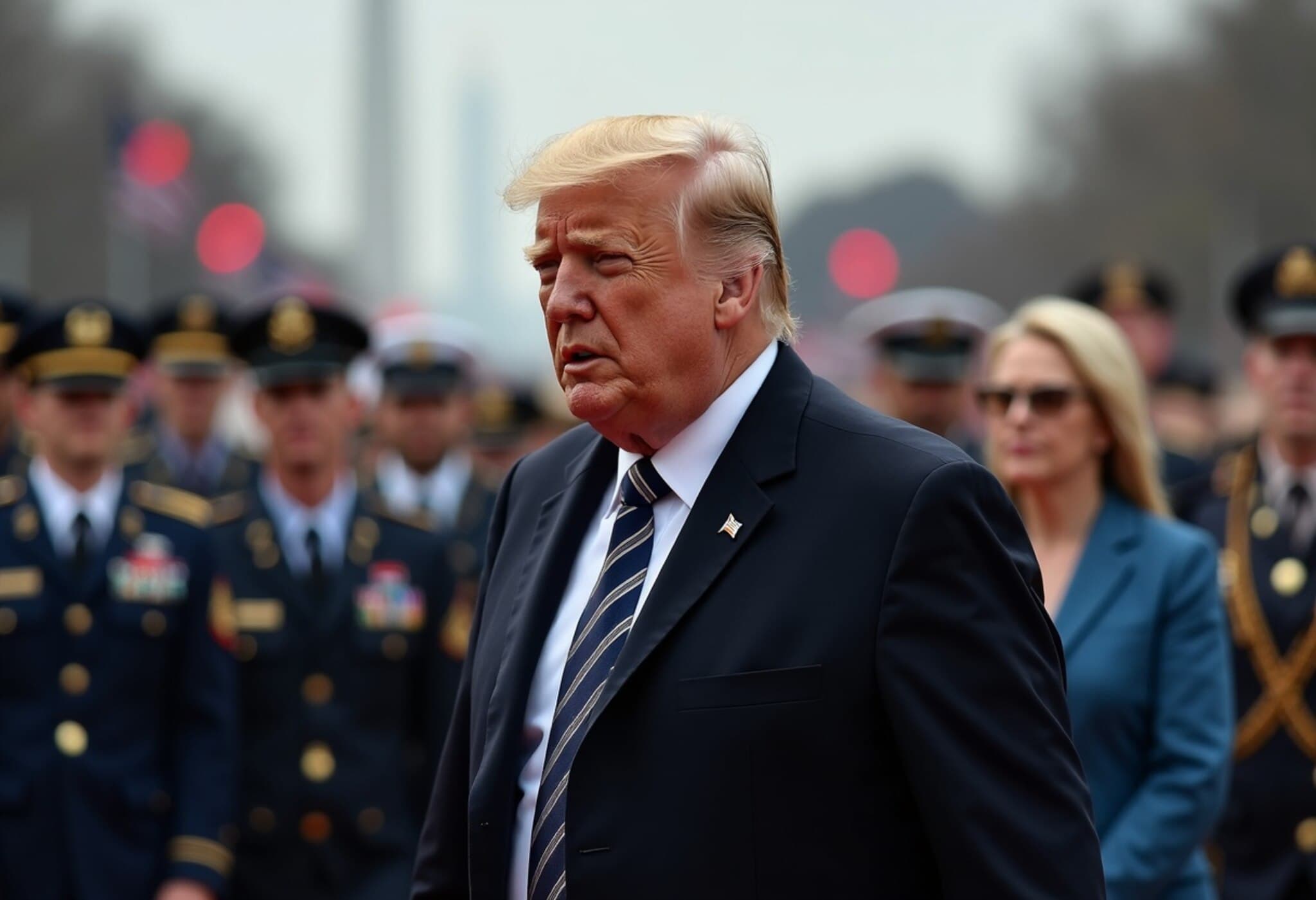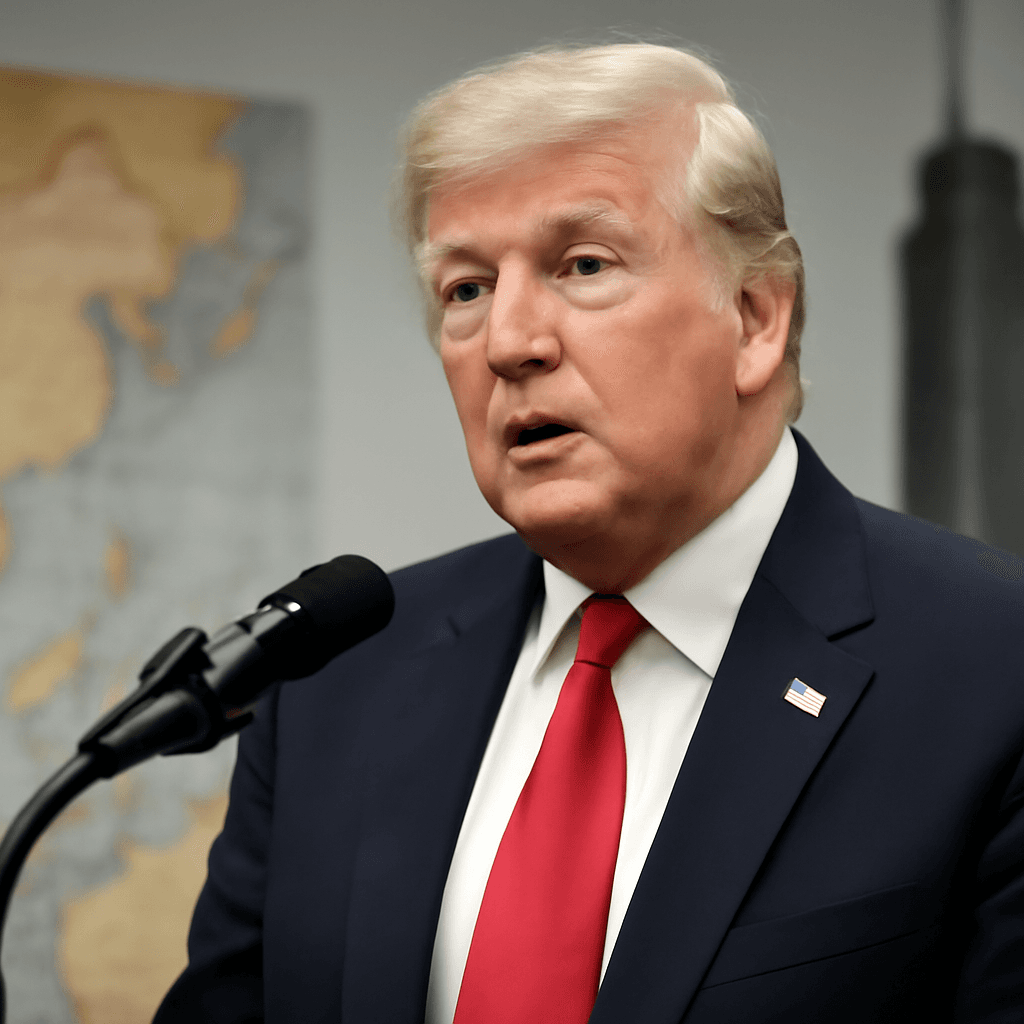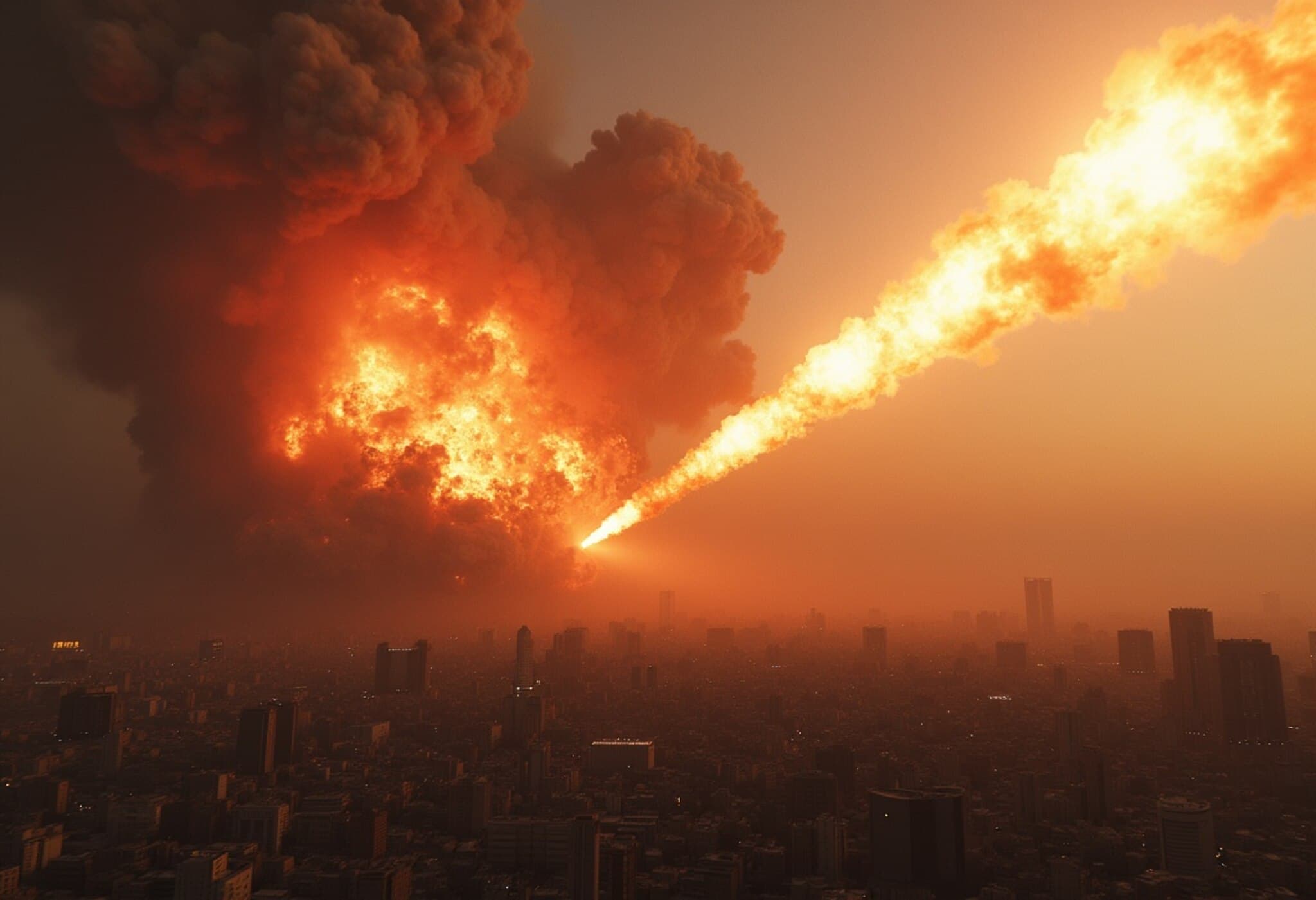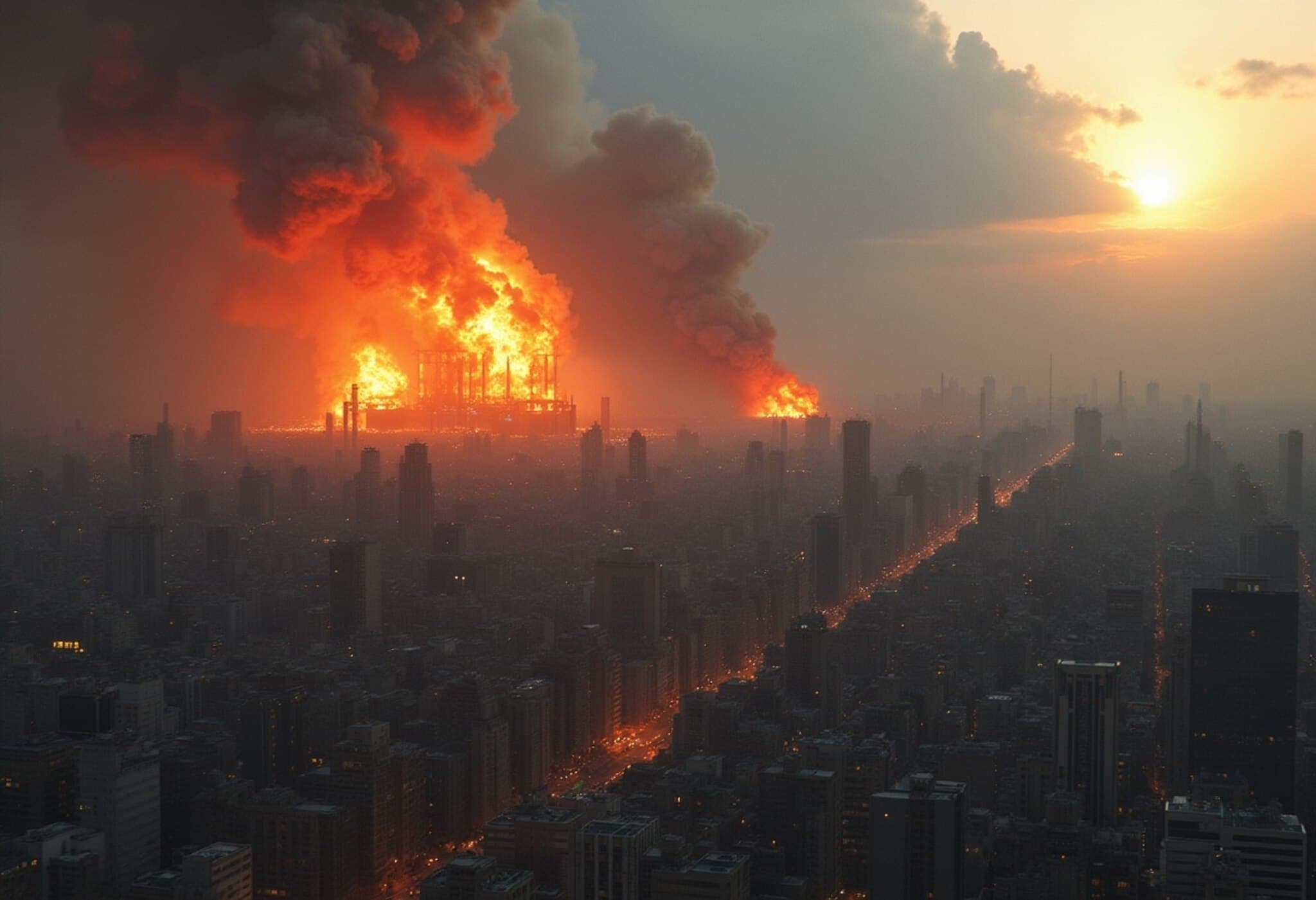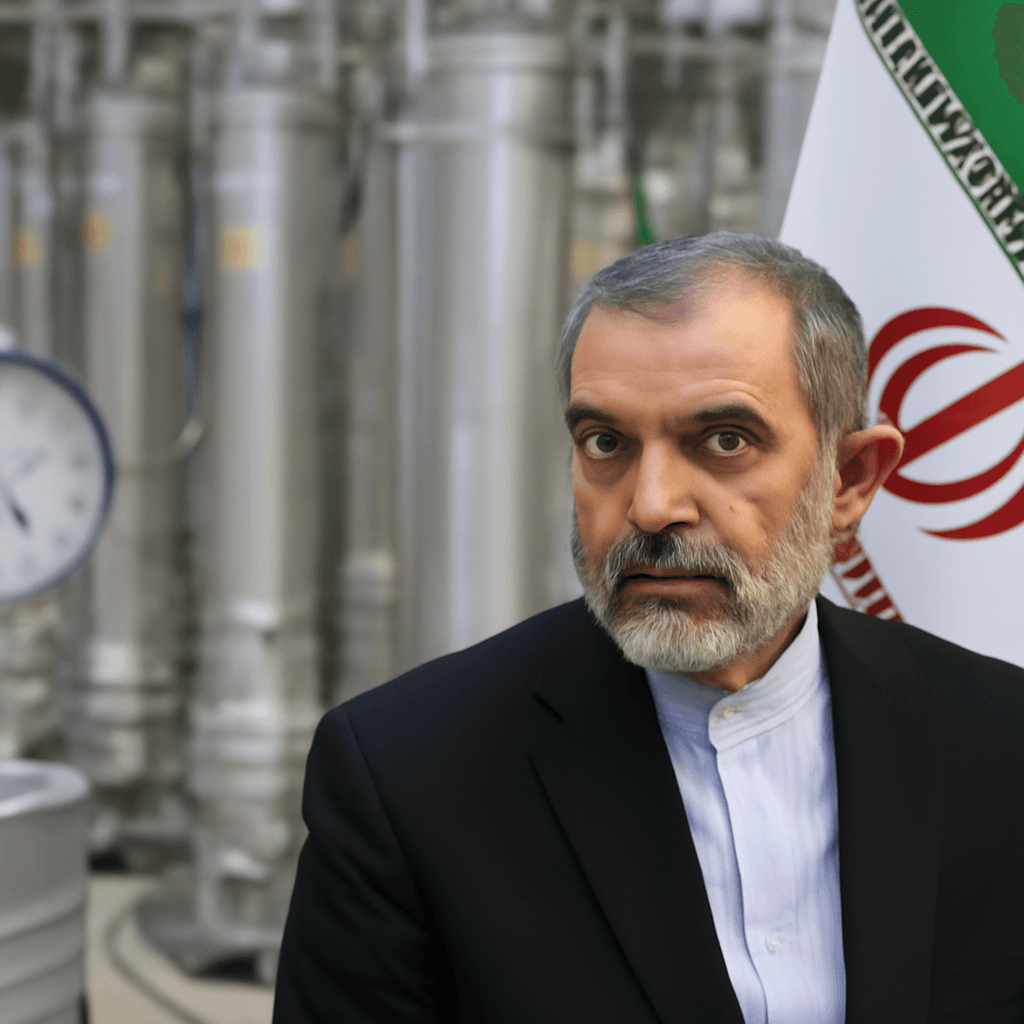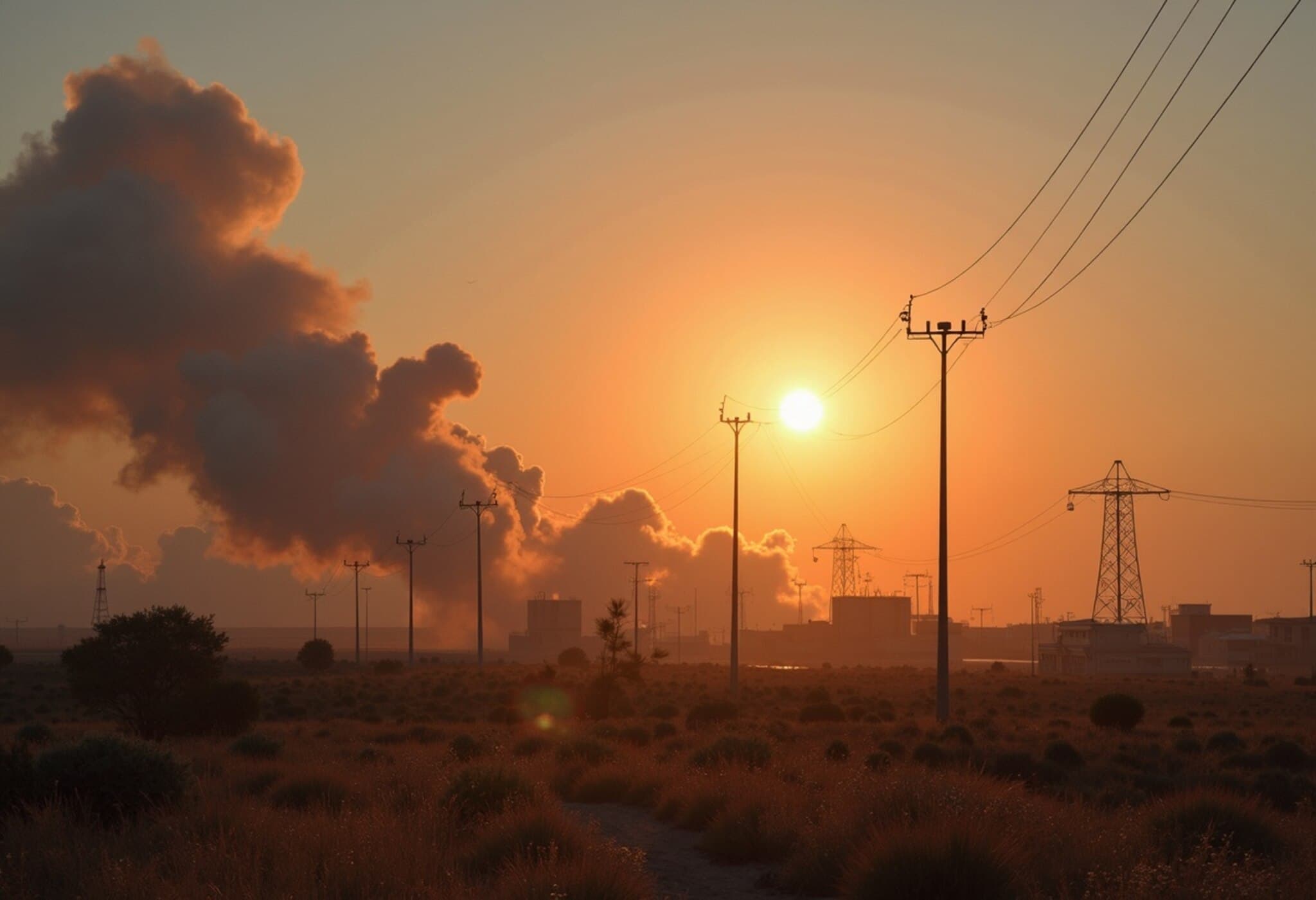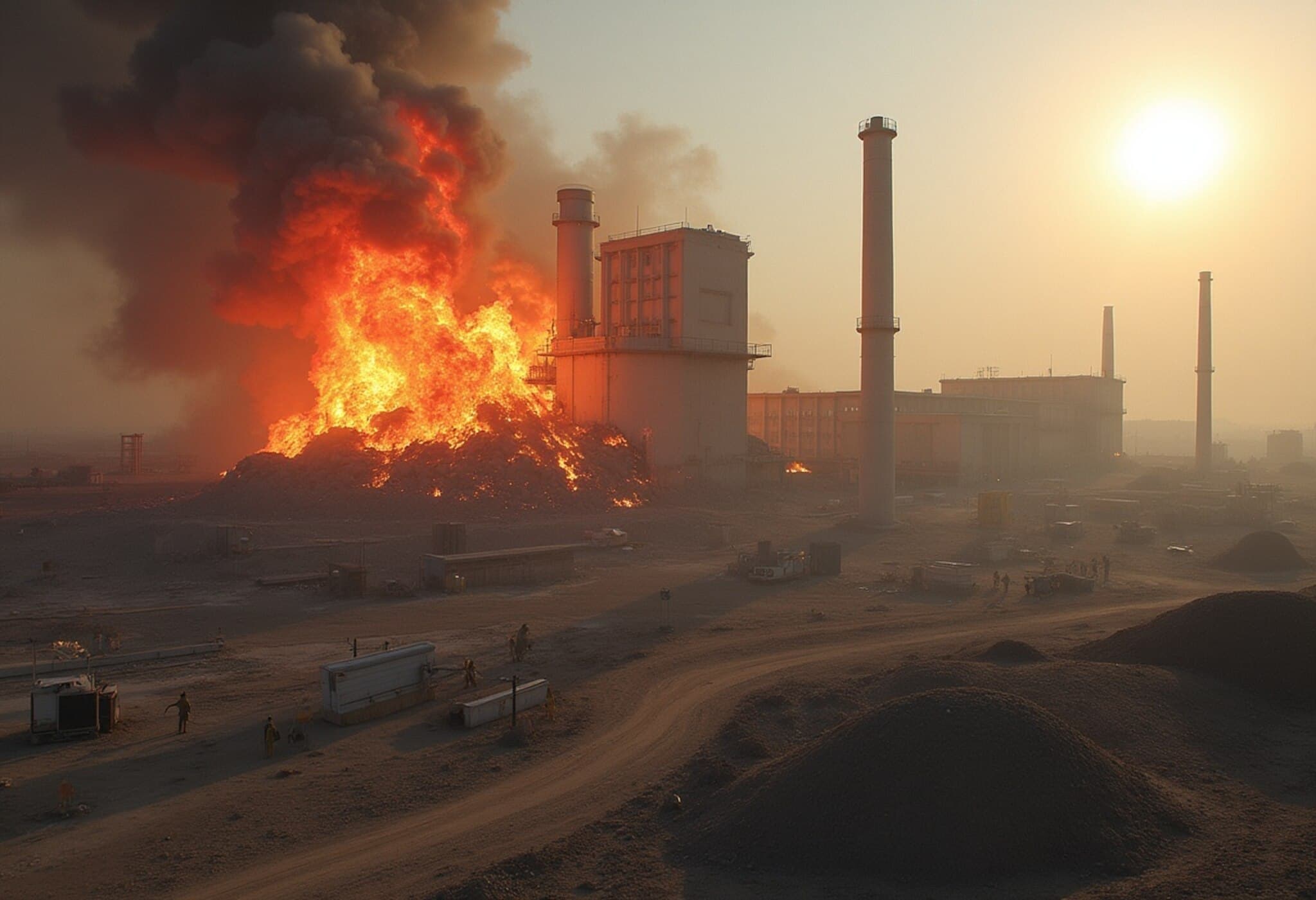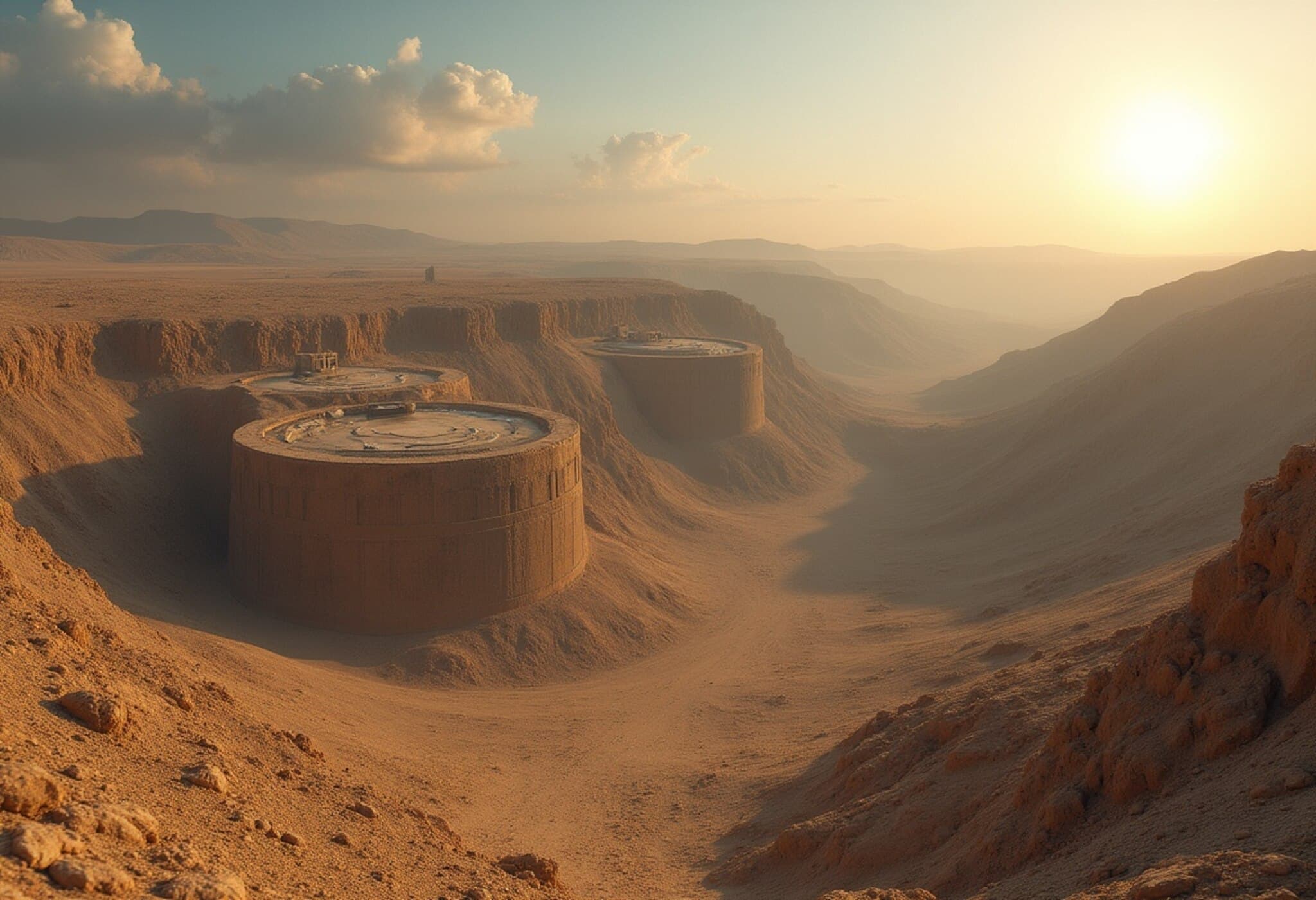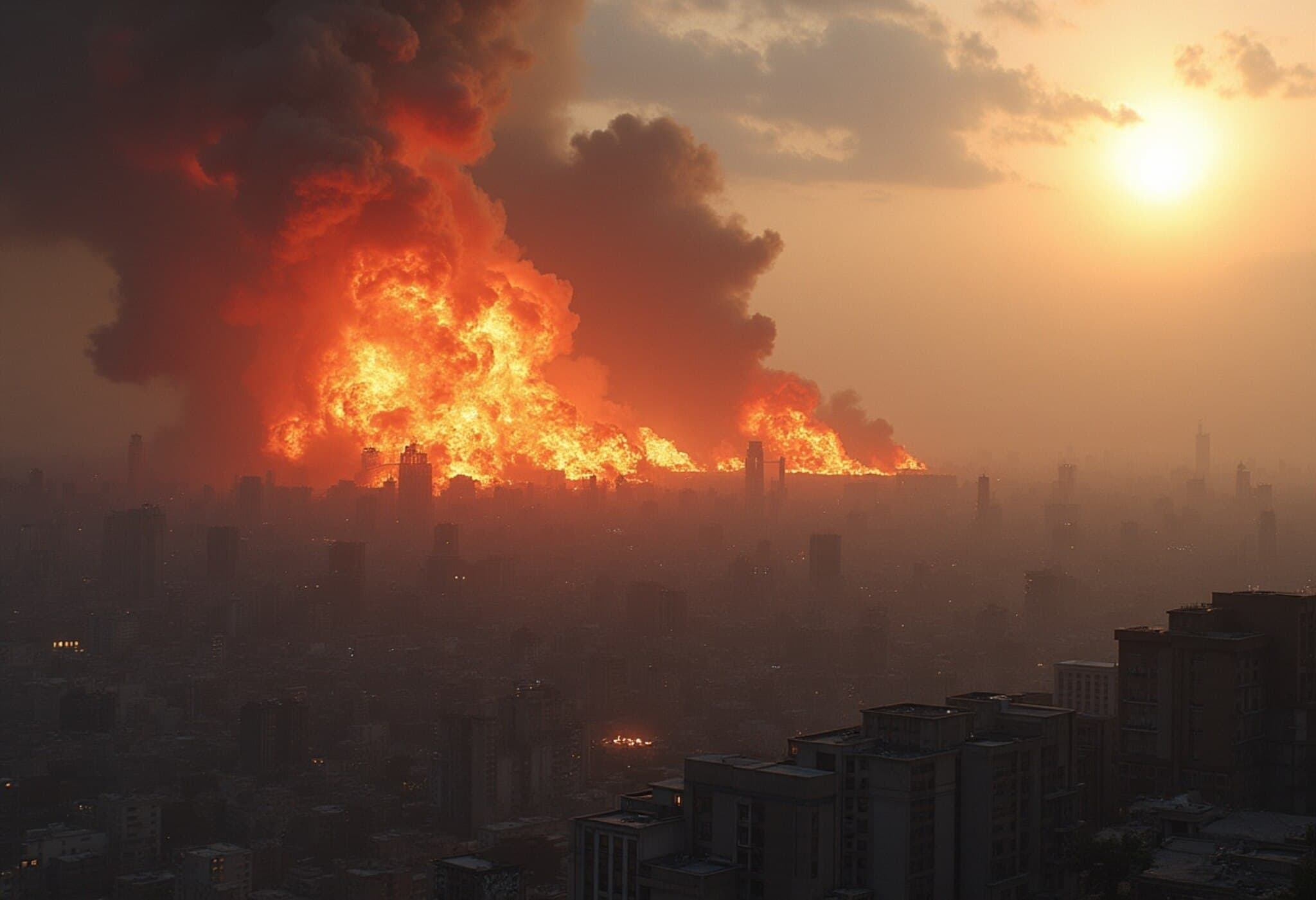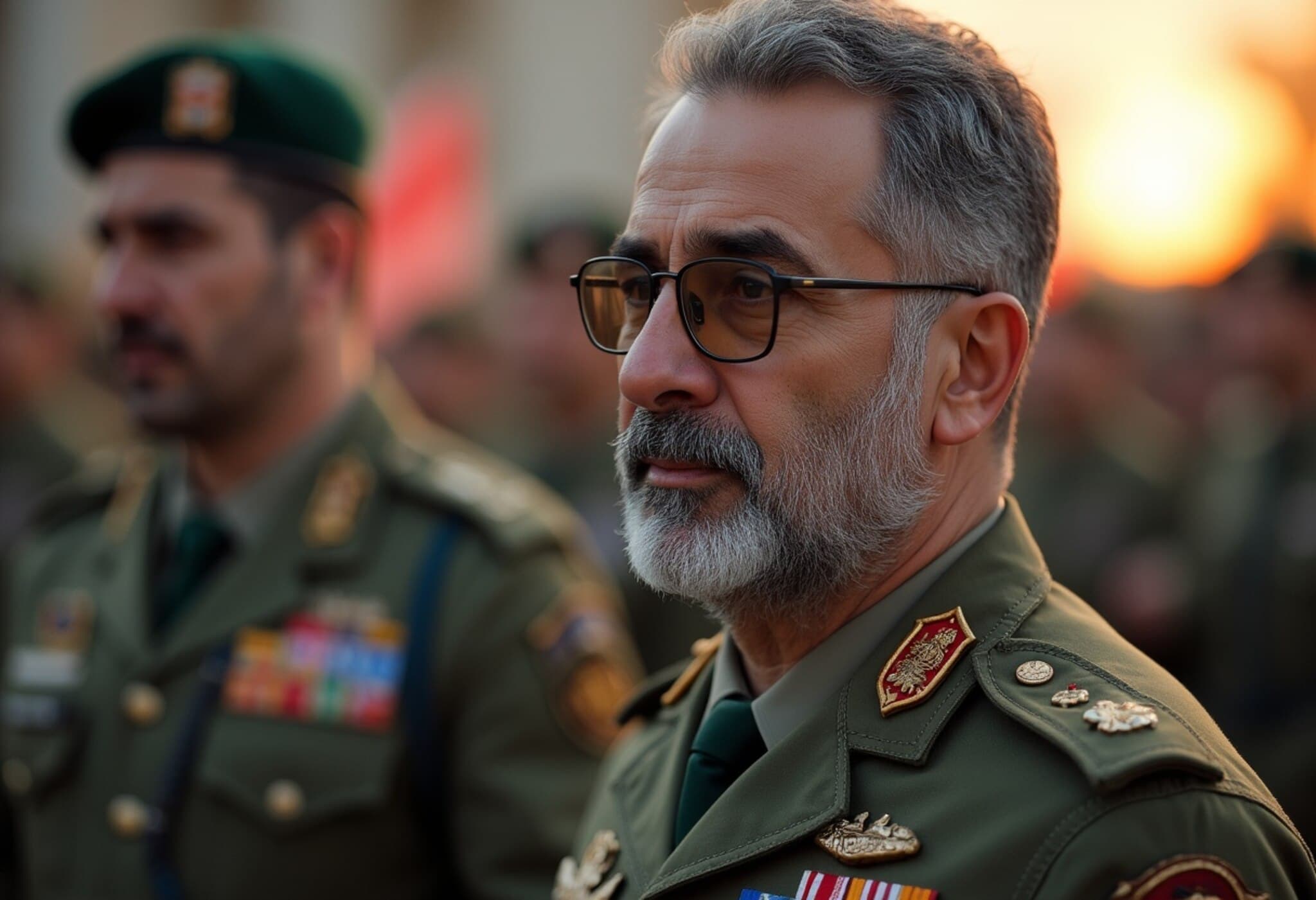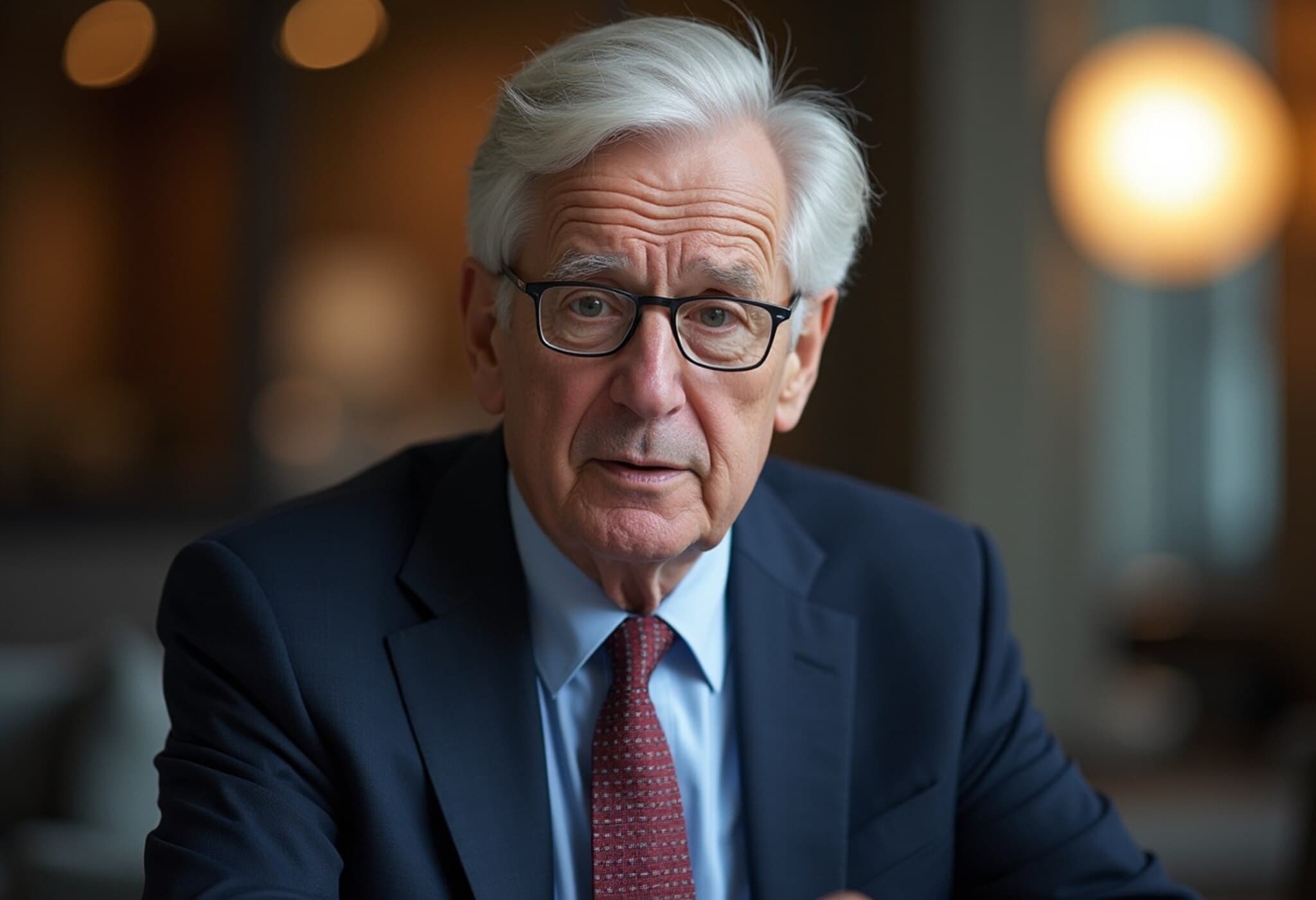Iran’s Nuclear Program: A Comprehensive Overview
Recent reports highlight a significant expansion in Iran’s nuclear capabilities, exceeding limits set in the 2015 nuclear agreement by a wide margin. As tensions escalate, understanding the core nuclear sites and their roles becomes crucial amid ongoing geopolitical concerns.
Enriched Uranium Stockpile Surges Beyond Limits
By mid-May, Iran’s stockpile of enriched uranium soared to nearly 9,248 kilograms, surpassing the threshold stipulated in the landmark 2015 deal by more than 45 times. The International Atomic Energy Agency (IAEA) also reported Iran possesses roughly 408.6 kilograms of uranium enriched up to 60%, brushing close to the nearly 90% needed for weapons-grade material.
The quantity of near-weapons-grade uranium on hand could theoretically be refined into the material necessary for around 10 nuclear bombs. Despite these figures, Iran maintains it has no intention of producing nuclear arms.
Key Nuclear Facilities Under International Scrutiny
The following sites form the backbone of Iran’s nuclear infrastructure and come under continuous monitoring by the United Nations nuclear watchdog.
Uranium Enrichment Plants
- Natanz: Located about 250 kilometers south of Tehran, Natanz is Iran’s principal uranium enrichment facility. It operates nearly 70 centrifuge cascades, with part of the operation underground to shield it from attacks. The site suffered a notable sabotage incident in 2021, which Iran blamed on foreign agents. Recent Israeli strikes targeted Natanz directly to disrupt its enrichment program.
- Fordo: Hidden beneath a mountain near Qom, this clandestine facility was uncovered in 2009. Originally conceived as a protective underground plant, Fordo now houses around 3,000 centrifuges. In 2023, uranium enriched up to nearly 84% was detected here, although Iran described this as an inadvertent fluctuation in processing.
Conversion and Research Reactor Sites
- Isfahan: This central Iranian site converts raw uranium ore into forms suitable for enrichment and fuel fabrication. It includes a facility producing low-enriched fuel for power reactors and plans to build a new research reactor were announced in 2022.
- Arak: Originally designed for heavy water research, the Arak reactor’s development was paused under the 2015 deal. Iran now intends to commission it by 2026. The reactor is intended for medical research via plutonium production and is paired with a heavy-water production plant.
- Tehran: Housing a research reactor supplied decades ago, the Tehran facility produces medical radioisotopes and remains integral to Iran’s nuclear research efforts.
Nuclear Power Plants
- Bushehr: Iran’s only operational nuclear power plant, located in the south, was completed by Russia and connected to the grid in 2012. Russia continues to supply fuel, and the plant functions under IAEA supervision. An earlier German project on the site was halted after the 1979 revolution.
- Darkhovin and Sirik: Iran is developing new power plants to expand nuclear energy capacity. Construction began in Darkhovin in late 2022 for a 300-megawatt plant and in Sirik during early 2024 for a cluster totaling 5,000 megawatts.
Recent Strikes and Diplomatic Talks
Just before recent airstrikes launched by Israel against nuclear sites like Natanz, both Washington and Tehran engaged in multiple rounds of dialogue over Iran’s nuclear ambitions. The strikes aimed to disrupt Iran’s enrichment capabilities but also escalated regional tensions.
As Iran’s nuclear program expands rapidly, international attention remains focused on balancing non-proliferation efforts with diplomatic engagement to prevent further escalation.

